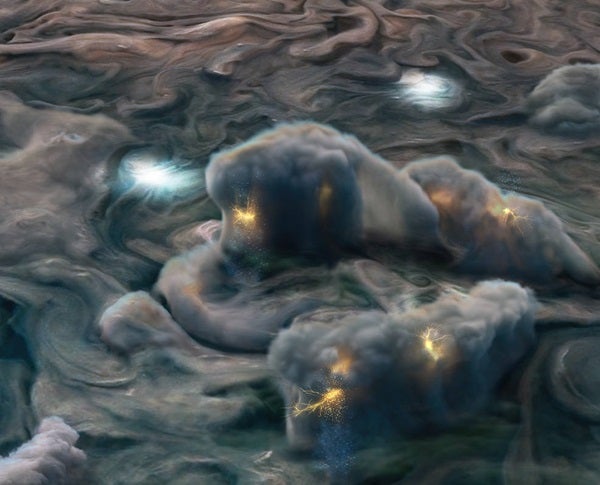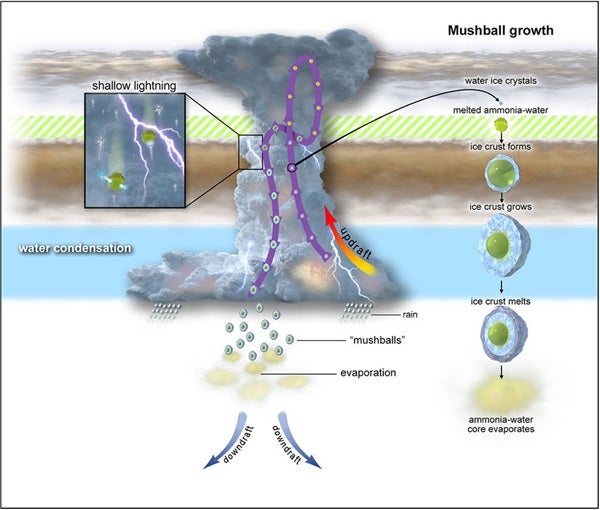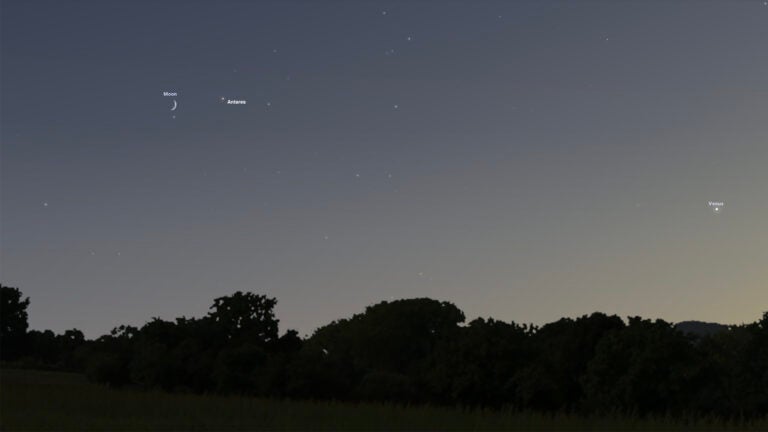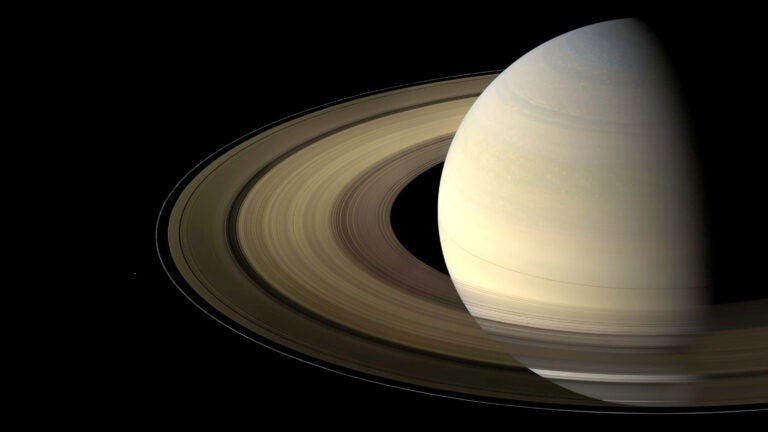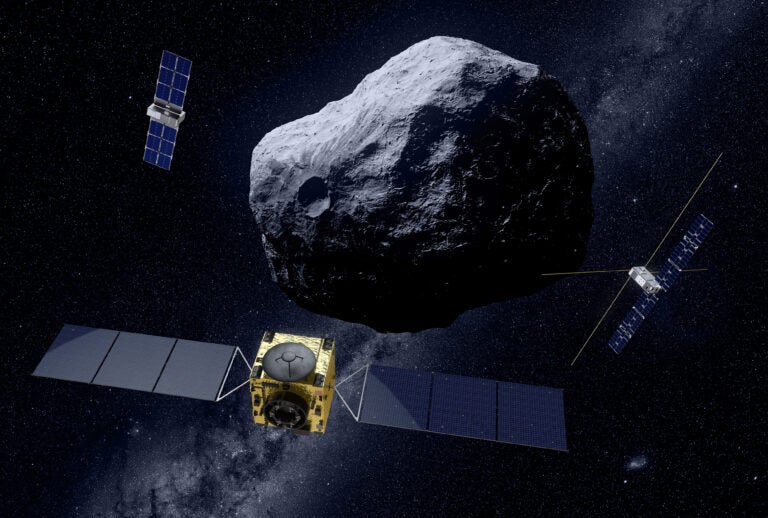During late summer, the U.S. is often hammered by roiling storms and buffeted by icy hail. But on Jupiter, it’s always thunderstorm season.
Scientists have known about lightning on the gas giant since the Voyager spacecraft spotted it in 1979. Now, observations made by the Juno spacecraft, which is currently orbiting the planet, are tweaking our understanding of where and how Jupiter produces its lightning, as well as what kind of weather accompanies it.
Earth’s clouds, which are made of water vapor, can become electrically charged and generate lightning. When enough charge is built up within the cloud, it sparks a lightning bolt. Jupiter has water clouds, too, but they’re fairly deep in its atmosphere — between 28 and 40 miles (45 to 65 kilometers) below the visible cloud tops, where the temperature is almost freezing. But Juno spotted shallow lightning striking much higher, about 16 miles (25 km) above where these water clouds are thought to exist. At that altitude, temperatures drop below –126 degrees Fahrenheit (–88 degrees Celsius), which is far too cold for liquid water or water vapor.
A planetary science expert explains how clouds form on Jupiter.
There’s one more consequence of these strange, ammonia-water storms: ammonia-water hail, known on Jupiter as “mushballs.” On Earth, hail forms when an airborne drop of water freezes into a core. This frozen drop then gets tossed around within thunderclouds by high winds, gaining more and more ice layers. Eventually, it gets too heavy for the winds to keep it afloat and it falls down to the ground. The cores of Jupiter’s hail are water-ammonia slushballs rather than hard, icy pellets (remember, ammonia acts as antifreeze, so the balls are slushy instead of solid ice). These, too, are flung around thunderstorms, gathering layer after layer of ice, until they’re too heavy and fall lower in the atmosphere, where warmer temperatures evaporate them.
Such mushballs are the slushy solution to an ongoing problem: Jupiter’s missing ammonia. For some time, scientists have noticed small “pockets” in Jupiter’s atmosphere that are strangely devoid of ammonia, despite it being so widespread. If the ammonia in these regions is swept up by thunderstorms and dropped lower into the atmosphere — below where we can detect it — as mushballs, the conundrum disappears.
Earth’s weather may seem violent and extreme at times, but at least we don’t have to worry about slushy, antifreeze-laden hail falling from the sky.

